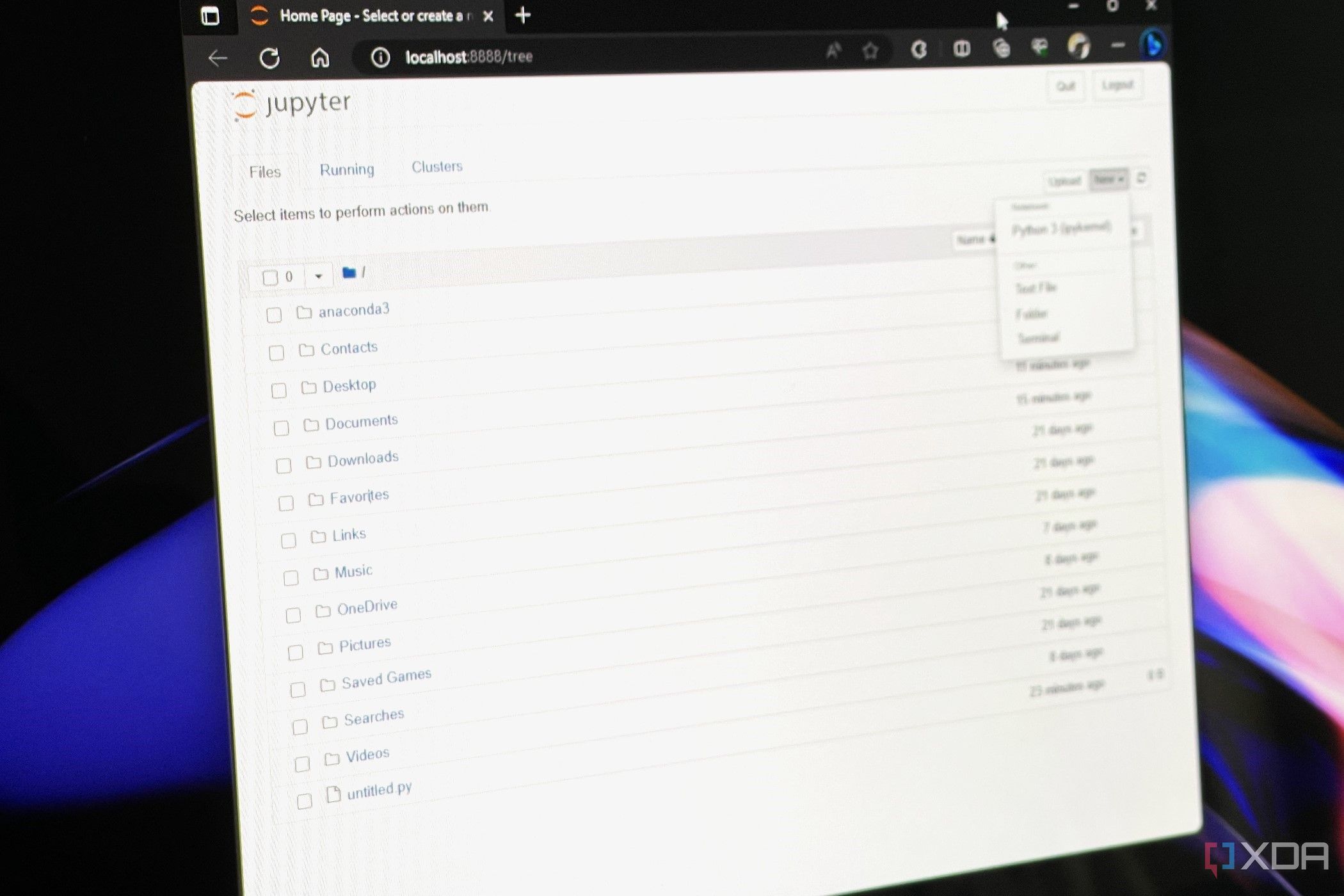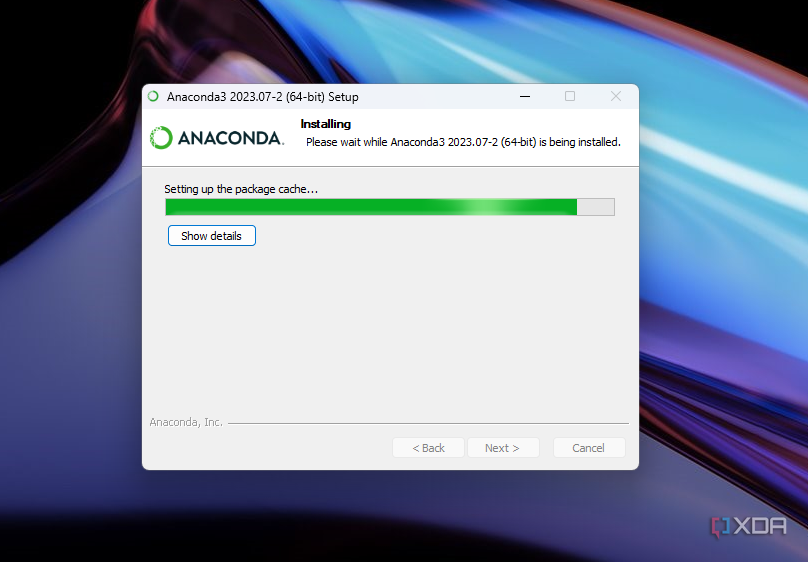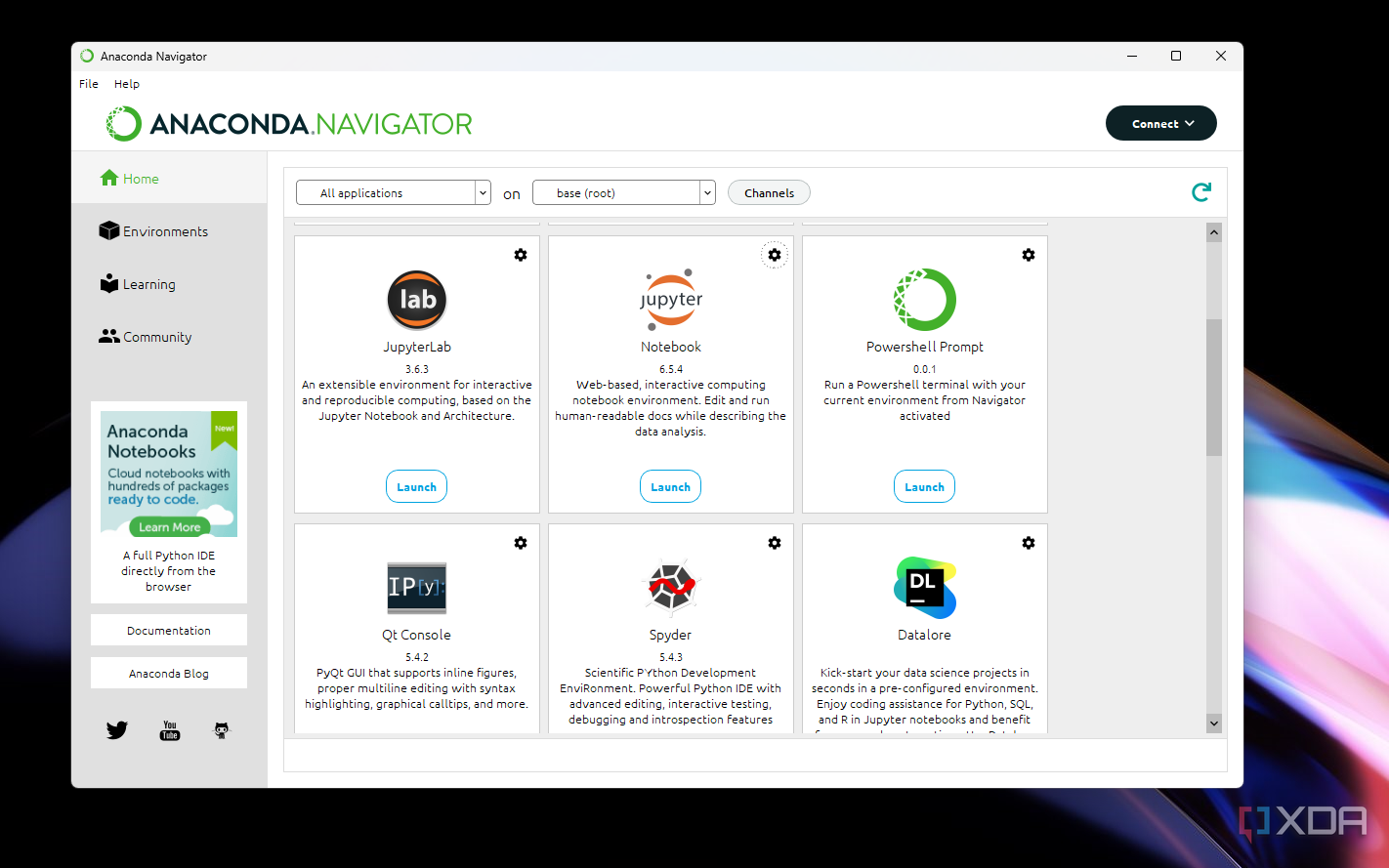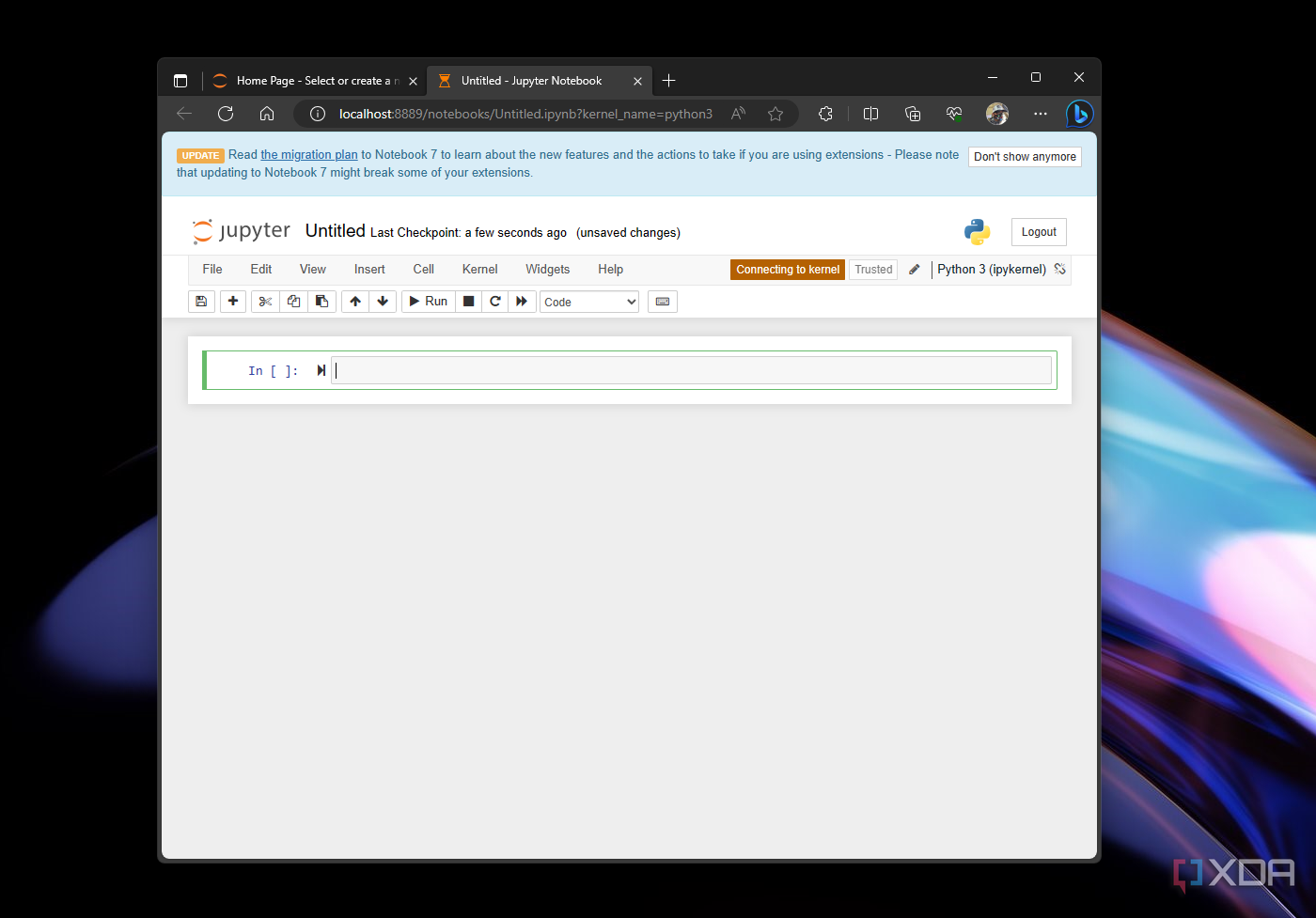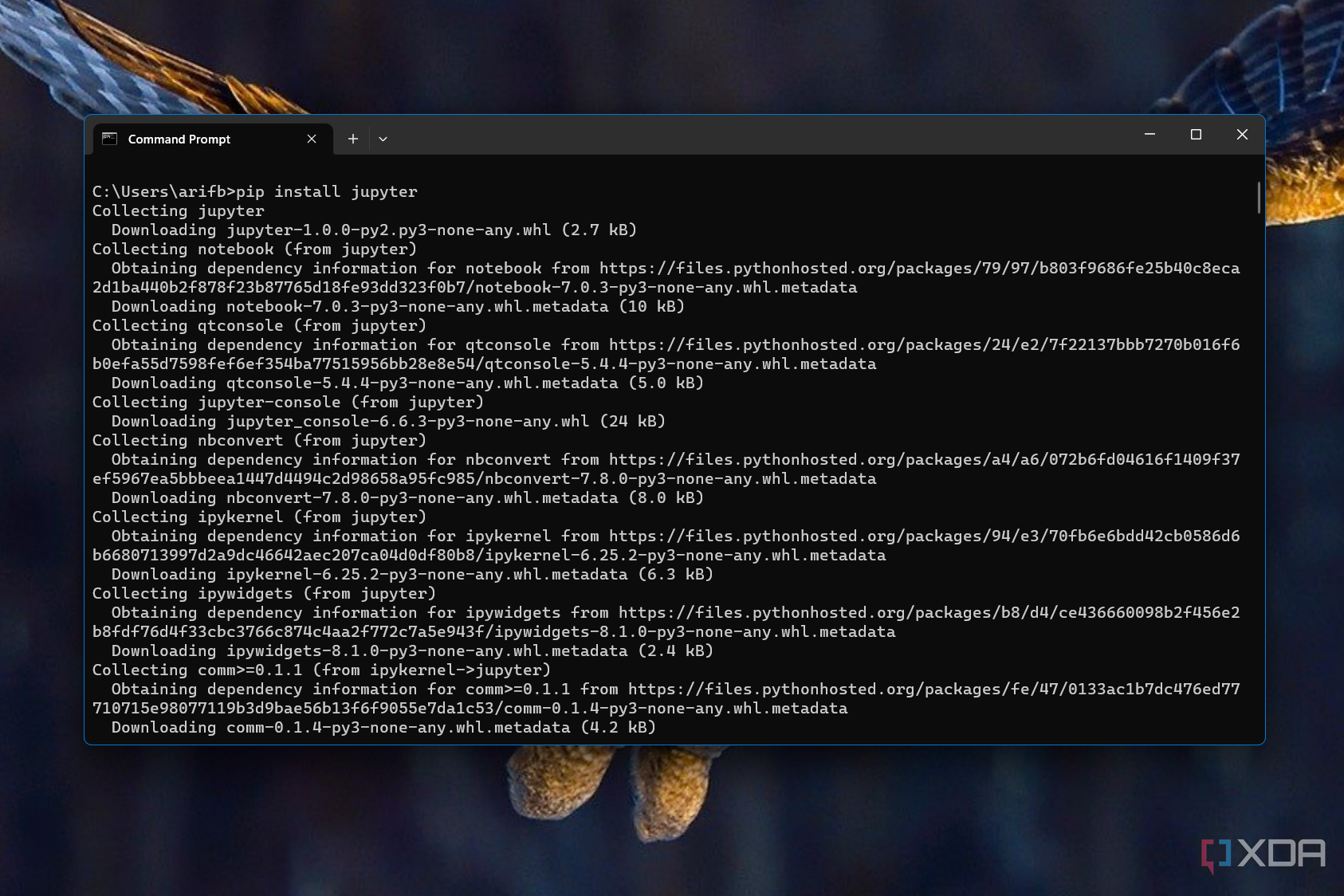If you're a programmer, data scientist, or anyone who codes you're probably familiar with Jupyter Notebook. This is a web-based interactive development environment. It's pretty flexible, so you might want to know how you can use it on the latest version of Windows 11. Even though it is a web-based interface, Jupyter Notebook works best when paired with Anaconda, which will assist in downloading Jupyter Notebook and getting you right into the right dependencies.
How to install Jupyter Notebook using Anaconda
To get started with installing Jupyter Notebook on Windows, you're going to need to have Anaconda installed. With this method, you'll install through the GUI, without having to use code.
- Visit the Anaconda website and download the latest version.
- In the installer, choose if you want it for Just Me or All Users.
- Make sure that the box for Add Anaconda3 to my PATH environment is unchecked and choose Install.
- Click Finish.
- The app should start. If it doesn't search for it from your Start Menu to launch.
- Ignore the prompt to log in.
- Choose Jupyter Notebook from the list and press Launch.
- From here, Jupyter Notebook will launch in your web browser.
- You'll be able to start new projects in Jupyter Notebook once the web browser launches.
How to install Jupyter Notebook using Python and pip
Another common method to install Jupyter Notebook on Windows is through Python and pip. If you don't already know, pip is what's used with Phyton to install and manage software packages written in that code.
- Download the latest version of Phyton from their website.
- Launch the download
- Make sure the Use admin privileges when installing box is checked.
- Make sure the option for Add python.exe to PATH is checked.
- Choose Install Now.
- When the installation is complete open a Command Prompt as an administrator.
- Type the following command: pip install jupyter
- Wait for the installation to complete.
- When complete, type the following command jupyter notebook
In both of these cases, once Jupyter Notebook launches, you'll have access to your dashboard with a list of files and folders. When you're ready, you can start a new Notebook at any time by pressing the New button, and then Python 3. From there on out, you can start your coding and use cool keyboard shortcuts that Jupyter Notebook offers like Shift + Enter to run a current cell and move to the next one. Or D + D to delete cells.
We hope you found this guide helpful. If you're looking for solid hardware to code on, we have a list of the best laptops. We also have a list of the best laptops for programming, too.

